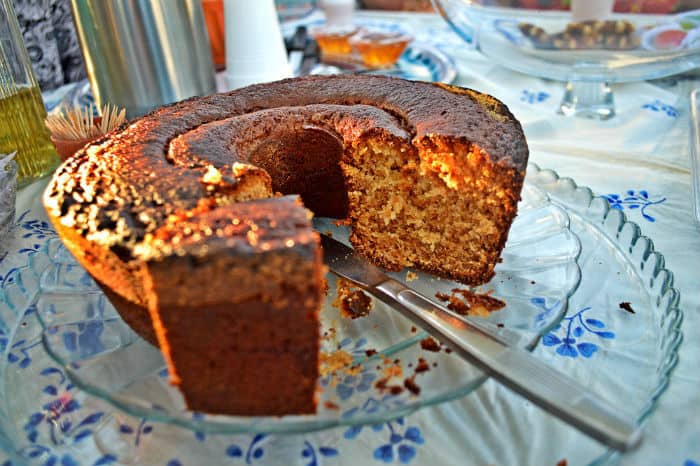What’s not to love about a culture that used fresh fruits, cured meats and tons of flavor in all their cuisine? The Algarve, Portugal’s most southern region, is a rainbow for flavor and flair of presentation when it comes to cooking. Your whole family will dig into hearty stews, tasty tapa-style bites and sugary treats that aim to please any palate.
A little taster
Embracing the culture of grazing is mastering the art of Portuguese cuisine. As soon as you sit down, there are often a few small dishes already on the table. You and the kids are welcome to try the pickled carrots, fresh baked bread and soft cheeses presented as appetizers. Another staple you’ll see on almost every table is “bacalhau”, which is a salted cod fish. It’s often prepared shredded with onion and potatoes, served cold. This might not be what the kiddos prefer, but it is very popular in the region and worth a try.
The big, hearty mains
In the mountains, big meals are the norm, especially on the weekends. Long rows of benches and farm tables are filled with families noshing on whatever’s freshly made by the kitchen cook – whether that be at home or at a family-style restaurant. Stews are common, usually filled with lamb, chicken or beef and potatoes. Kids will often love the Portuguese stews because although flavorful, it’s mild in spice. Some of the best dishes can be found at the hillside Tasquinha do Lagar restaurant in the village of Querença, just outside of Loulé.
Desserts!
This is the best part. The Portuguese in the south do dessert right. It was tough to refuse a meal finisher everywhere we went because nothing ever looked like it should be passed up. For something light, people in the Algarve will have figs stuffed with bleached almonds, often in a star-like shape. Little almond paste treats shaped into various fruits are popular as well. In fact, many desserts are made with almonds, including my favorite – Pastéis de Lorvão. It’s a little ball of almond paste dusted with powdered sugar and filled with a creamy egg custard. The best were at Agua Mel in the village of Alte. Besides almonds, families can find all sorts of cakes made with carob, which tastes a little like chocolate. Flan, ice cream and doughnut-like pastries are on most menus as well.
Where ingredients come from
In the mountains of Loulé and its surrounding villages, the ingredients used in cooking are different than the coast. Seafood is not as common, while larger livestock replaces the fish. More herbs and things that grow in the drier climates help season food, from beginning of the meal to the end. Some unique things come into play with this part of the world – such as the plentiful pomegranate trees that dot the landscape. Two other staples that grow from trees are olives for the appetizers and carob seeds that are used in baking and sweets.
If more curious about the origins of southern Portuguese cuisine, consider taking a fun cooking and food prep class with the kids in connection with the Loulé Criativo organization. The town hosts various workshops throughout the year for guests and most welcome families of all ages.
When you travel, do you have the kids try the local cuisine? Or is it easier to have them eat pasta and chicken nuggets? Any tips on getting kids to expand their horizons?









 Pro traveling hot mess for 20 yrs
Pro traveling hot mess for 20 yrs  Travel guides w/ fam & friends
Travel guides w/ fam & friends

 Global itineraries
Global itineraries 














 permi
permi


 I’m Eileen, a seasoned travel writ
I’m Eileen, a seasoned travel writ
 Stop planning every single second of your nex
Stop planning every single second of your nex

Join the discussion 2 Comments